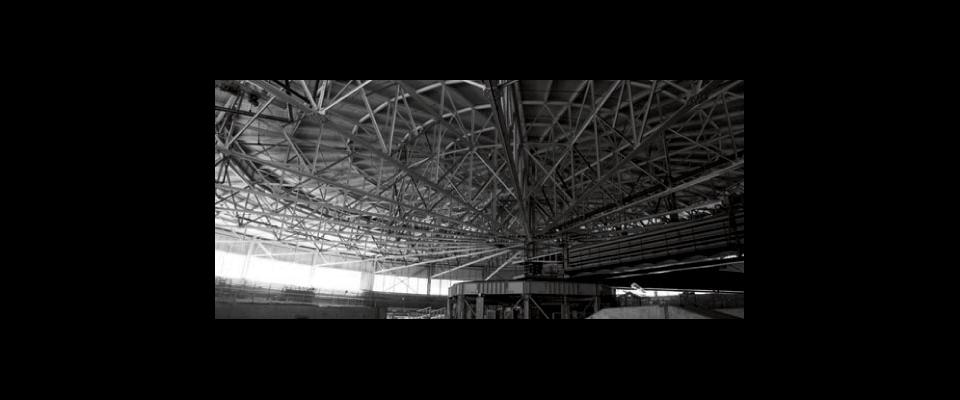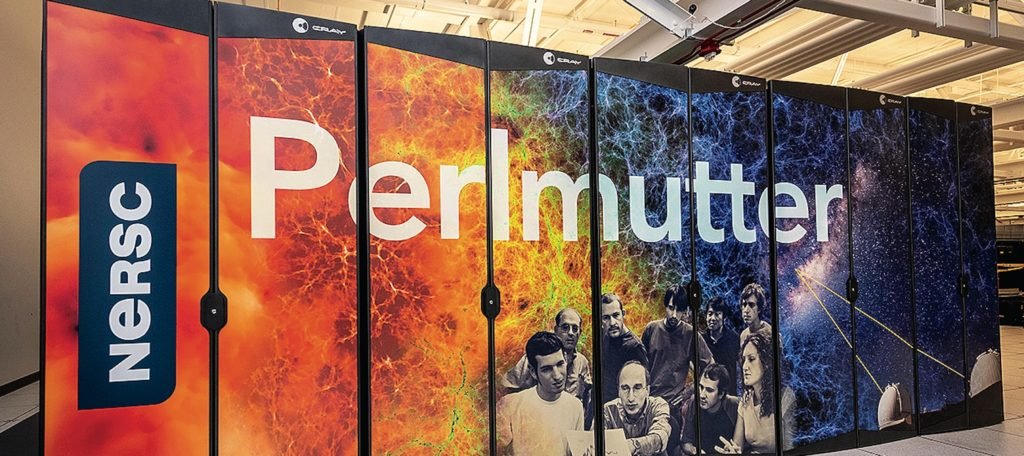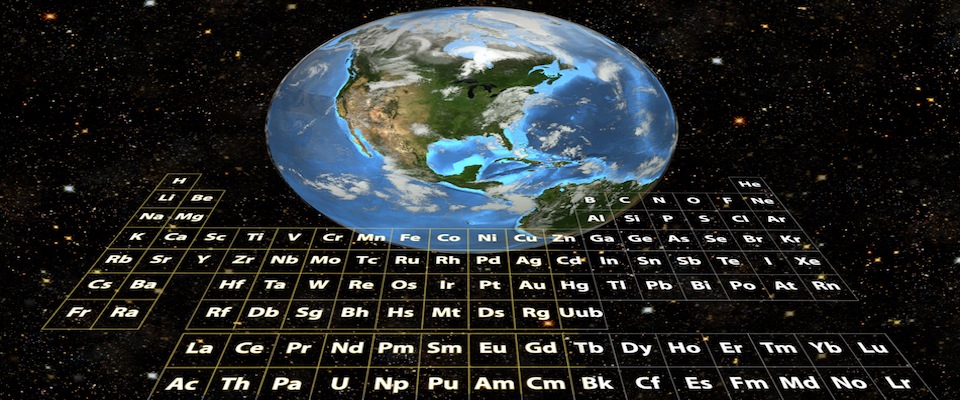Berkeley’s Bevatron, the world’s first supercollider, is headed for the scrap heap.
Only a shell of cement and corrugated metal remains of what was once the world’s most powerful particle accelerator. Stripped of the magnetic coils and generators that sent protons whizzing around at 4 million turns in less than two seconds, the Bevatron awaits its demolition this winter. The machine was the first of the great accelerators, paving the way for such giant constructs as the Large Hadron Collider (see “Deus ex machina“). To many, it represents the dawn of the golden era in particle physics.
In the first half of the last century, Berkeley’s Radiation Laboratory, or “Rad Lab” (now Lawrence Berkeley National Laboratory), was the place to be. After Ernest O. Lawrence invented the particle accelerator in 1929, a succession of ever-larger cyclotrons followed: first the 11-inch in 1931, the 27-inch in 1932, the 60-inch in 1939, and the 184-inch in 1942. Not content, Lawrence crafted plans for a still-larger machine. Why? When asked, he reputedly answered, “Because we can get the money.”
Physicist Ed Lofgren ’38, Ph.D. ’46, worked with Lawrence as a graduate student. He went on to teach in Minnesota, but still remembers the day Lawrence invited him back to the campus to work on the new Bevatron. “I took about two seconds to decide,” Lofgren recalls. “It was almost the only institution of its kind in the world.” Lofgren helped plan the Bevatron (housed in the functionally named “Building 51/51A”), then was in charge of the machine when it was completed in 1954. He stayed in that job until his retirement in 1979.
The Bevatron’s 100-foot magnet dwarfed all other accelerators, and when it comes to cyclotrons, size really does matter. Magnets control the charged particles by pulling them into a circular path. Each time the particle spins around it receives a kick of energy until it approaches the speed of light. Magnetic fields then guide the particles down a tube to collide with a strip of metal or other immobile object. Scientists look for the secrets of the nucleus among the smithereens, which can be detected using photoelectric cells, Geiger counters, or the bubble chamber, Donald Glaser’s 1952 Nobel-winning bathtub-like apparatus.
Lawrence’s decision to go big was dead-on, in this case. The Bevatron gets its name from the maximum amount of energy it can achieve—with 65-ton flywheels pumping out 100,000 kilowatts each cycle, a particle’s charge would reach 6.2 billion electron volts, or BeVs. That’s enough power to smash protons into anti-protons, a discovery that earned Owen Chamberlain and Emilio Segre the Nobel Prize in 1959. In 1968, research at the Bevatron won another Nobel, for Luis Alvarez’s discovery of resonance states.
By this time, the Bevatron was already outsized, though not outclassed thanks to the superior quality of its observational equipment, according to Lofgren. In the 1970s the Bevatron seemed to be approaching obsolescence when the Lab’s engineers realized they could experiment on even larger material if they fed particles from a nearby linear accelerator into the machine. The Bevatron became the only machine that could speed up all the elements known at the time. Furthermore, it could handle heavy ions, which John Lawrence (brother of Ernest) used to treat cancer, opening up new arm of experimental medicine.
Inevitably, the Bevatron was finally outdone. In 1993, in a ceremony 39 years after the machine emitted its first beam, Lofgren depressed the “atom-smasher-offer” button, so labeled long ago, for the last time. The machine languished in the center of the Lab’s campus for the next 13 years until 2006, when the city of Berkeley gave it a landmark designation for its contribution to science and its industrial architecture, so evocative of the times. This prevented its demolition, but the Lab argued it needed the 126,000 square feet or so for new facilities and could not afford a seismic upgrade of the derelict building. As a compromise, the Lab will create a plaque and exhibit. Soon, 4,700 dump trucks will ferry the debris, some radioactive, down the hill, putting an end to an era that continues to inspire scientists.




















